What is the tolerance range of precision screws?
What is the tolerance range of precision screws?
Service Hotline
+86760-8787 8587We have more than ten years of experience in screw industry production. The main products are: spring washers and flat washers installed together, metric hexagon head bolts, isolated through-the-box copper column double-headed hollow copper column nuts, fish scale gecko screws, ring nut hanging nuts, Fully threaded lead screw, Q235 grooved round nut, riveting parts BSO3, round cup bolt, mechanical inspection nut, single-pass knurled copper column, non-knurled cup head screw, blackened 8-grade spring washer, wave elastic washer Pieces, decorative/cap nuts and other fasteners, due to the different materials and specifications of the products, the prices are also different, please contact us if necessary.


Self-tapping screws were introduced into the industry in large numbers in 1914. The earliest design (essentially imitating a wood screw) was a thread-forming screw made of hardened steel with an A-ended end, mainly used to connect sheet metal channels for heating and ventilation systems. Therefore, it is also called: sheet metal screw. By the end of the 1920s, with the widening of the market and new applications, emphasizing new designs, its application performance was widely improved. The following introduces the four different stages of the development of self-tapping screws in 40 years: thread forming self-tapping screws, thread cutting self-tapping screws, thread rolling self-tapping screws and self-drilling self-tapping screws. 1. Ordinary self-tapping screws (thread forming self-tapping screws) Ordinary self-tapping screws are a direct product of early sheet metal screws. The principle is: when screwing it into a prefabricated hole, the internal thread connected to the screw is formed by the displacement of the material around the hole and the material is pushed into the space between the threads. 2. Self-cutting self-tapping screws (thread cutting self-tapping screws) Because ordinary self-tapping screws are formed only in very thin threads. And it can be easily realized on materials with good toughness. Develop and expand the use of self-tapping screws to thicker sections and harder, brittle and other materials with poor deformability. In this way, the self-cutting self-tapping screw is developed: a cutting groove or cutting edge is machined at the end of the screw shank. When this kind of screw is screwed into the prefabricated hole, the screw acts as a tap and actually cuts out the thread that connects with itself. 3. Self-Extrusion Self-Tapping Screws (Thread Rolled Self-Tapping Screws) In the early 1950s, fastener engineers began to recognize the potential advantages of self-tapping screws as structural rather than just lightly loaded attachments. This has led to the development of a new self-tapping screw thread rolling self-tapping screw (self-extrusion self-tapping screw). According to the design principle of cold forging taps, the thread and end are specially designed for this kind of screw, so that the screw can be formed by applying intermittent and periodic pressure on the crest of its thread instead of on the side of the entire thread. Internal thread for connection. By concentrating and limiting the forming pressure, the pressurized material next to the hole is made to flow more easily and to better fill (squeeze) into the flanks and roots of the thread of the self-tapping screw. Since the frictional resistance of screwing in is much lower than that of ordinary self-tapping screws, threaded rolling self-tapping screws (self-extrusion self-tapping screws) can be screwed into thicker sections. At the same time, it has better screw control and tightening torque, and greatly improves the connection strength and overall firmness. The engineering standard of this kind of self-tapping screw stipulates that the selection of materials, the mechanical properties of heat treatment and the working performance should be strictly controlled. 4. Self-drilling and self-tapping screws (self-drilling screws) People have done statistics: Among the ten expenses that constitute the total assembly cost, the highest one includes the processing of holes. In practical applications of self-tapping screws, prefabricated holes need to be processed. Moreover, in order to make the prefabricated holes have good effect in practical application, the size of these holes must be controlled within a fairly strict range. In the early 1960s, self-drilling and self-tapping screws appeared. A major step forward in reducing assembly costs by eliminating the need to machine prefabricated holes. In general, self-drilling and self-tapping screws realize drilling, tapping and tightening in one operation. These are the four main stages of self-tapping screw design and development. In addition, two newly developed products are also worthy of introduction. Both are screws with a special thread type. One is designed for plastic and other low-strength materials; the other is used in the construction industry to connect cement wall panels, so it is also called wall panel self-tapping screws.
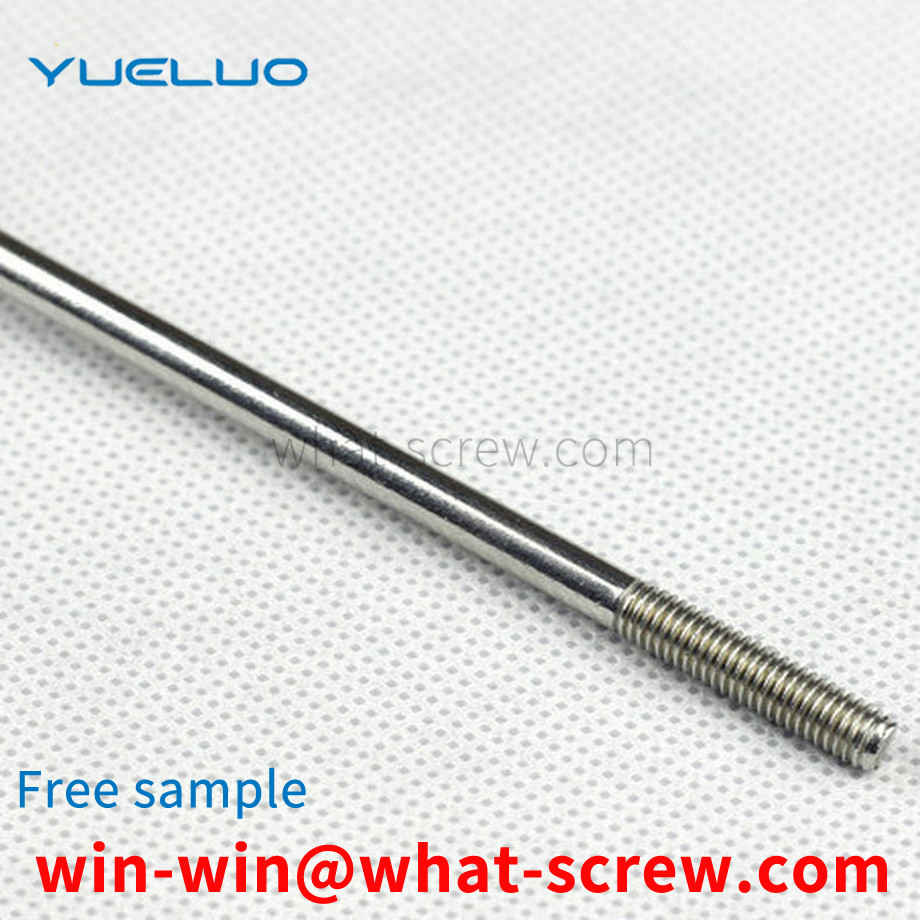
For hexagonal nuts, the commonly used standards are: GB52, GB6170, GB6172 and DIN934. The main differences between them are: the thickness of GB6170 is thicker than that of GB52, GB6172 and DIN934, commonly known as thick nuts. The other is the difference between the opposite sides, the opposite sides of DIN934, GB6170 and GB6172 in the M8 nut series are 13MM smaller than the opposite side 14MM of GB52, and the opposite sides of M10 nuts, DIN934 and GB52 are 17MM. The opposite side of GB6170 and GB6172 should be 1MM larger, M12 nut, DIN934, GB52's opposite side is 19MM larger than GB6170 and GB6172's opposite side 18MM is 1MM larger. For M14 nuts, the opposite side of DIN934 and GB52 is 22MM, which is 1MM larger than the opposite side of GB6170 and GB6172, which is 21MM. The other is the M22 nut. The opposite side of DIN934 and GB52 is 32MM, which is 2MM smaller than the opposite side of GB6170 and GB6172, which is 34MM. (Besides the thickness of GB6170 and GB6172 are the same, the width of the opposite side is exactly the same) The rest of the specifications can be used in general without considering the thickness.
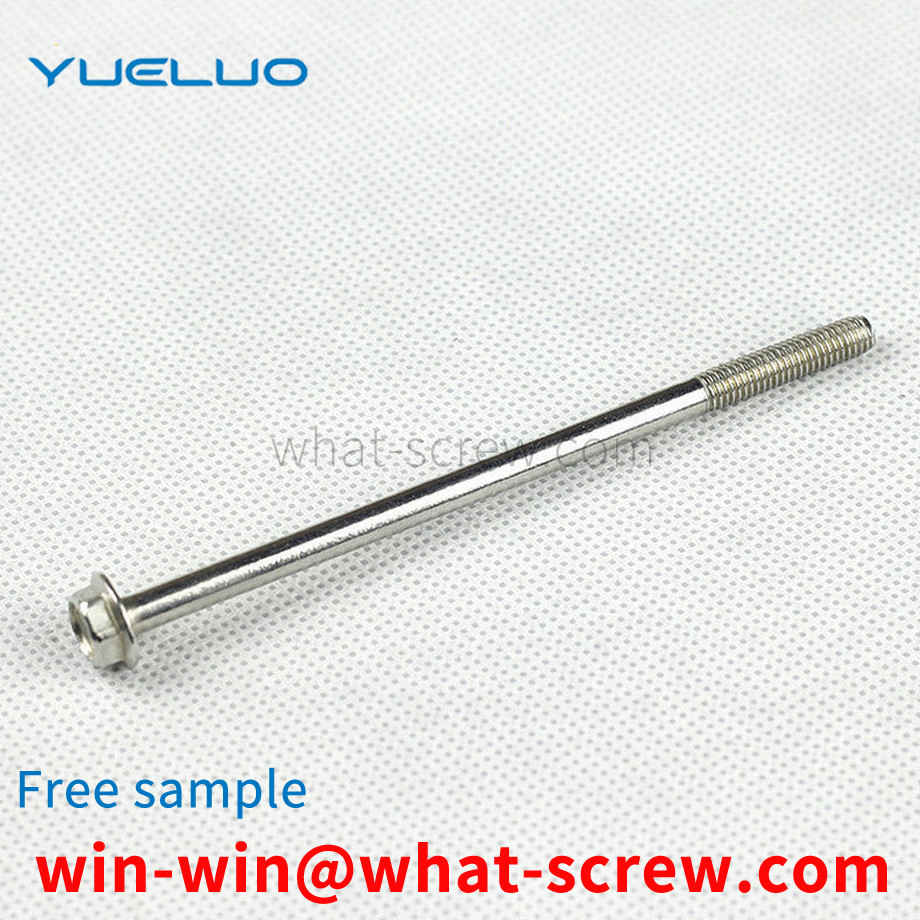
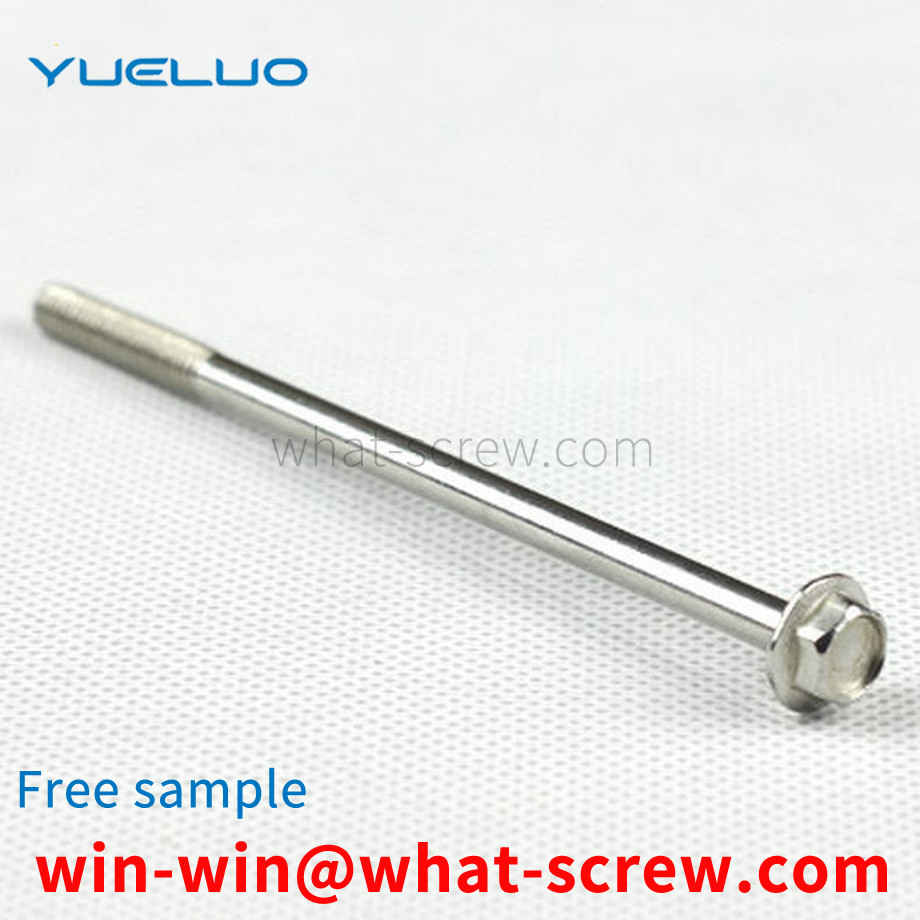
The anti-theft screw of this structure has two disadvantages. One is that the polygonal block moves up and down in the polygonal hole, and the polygonal hole in the connecting piece and the polygonal hole on the threaded part have no limit structure. Because of the polygonal structure, the two If the polygonal holes of the parts cannot be aligned, dislocation occurs, and any edge may block the up and down movement of the polygonal block, which is very unsmooth during use. The second is that the shell of the lock cylinder and the hexagonal part are connected by pins, and the pins are exposed on the hexagonal parts, which are easily damaged and leave opportunities for theft; once the pin is pried off, the lock cylinder will be taken out, and the entire anti-theft screw will be lost. and the pin fixation is sometimes unstable, which is detrimental to theft.
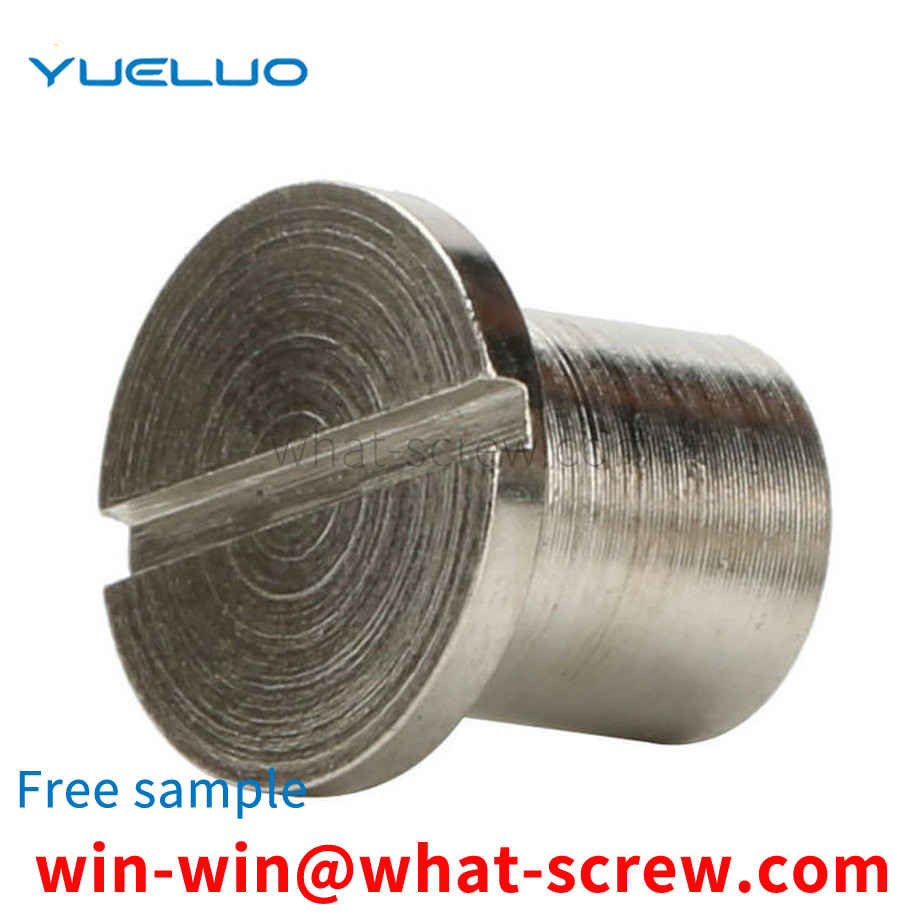
At present, in the riveting of automobile and motor car parts, especially the parts that have vibration and need to move frequently, such as automobile steering gear, ordinary rivets and double-drum rivets are mostly used for riveting. Due to the limitations of the structure of these two products After riveting, the product has the defect of insufficient strength and easy to loosen and fall off, and it cannot be disassembled and can only be used once, thus affecting the quality and performance of the riveted product.
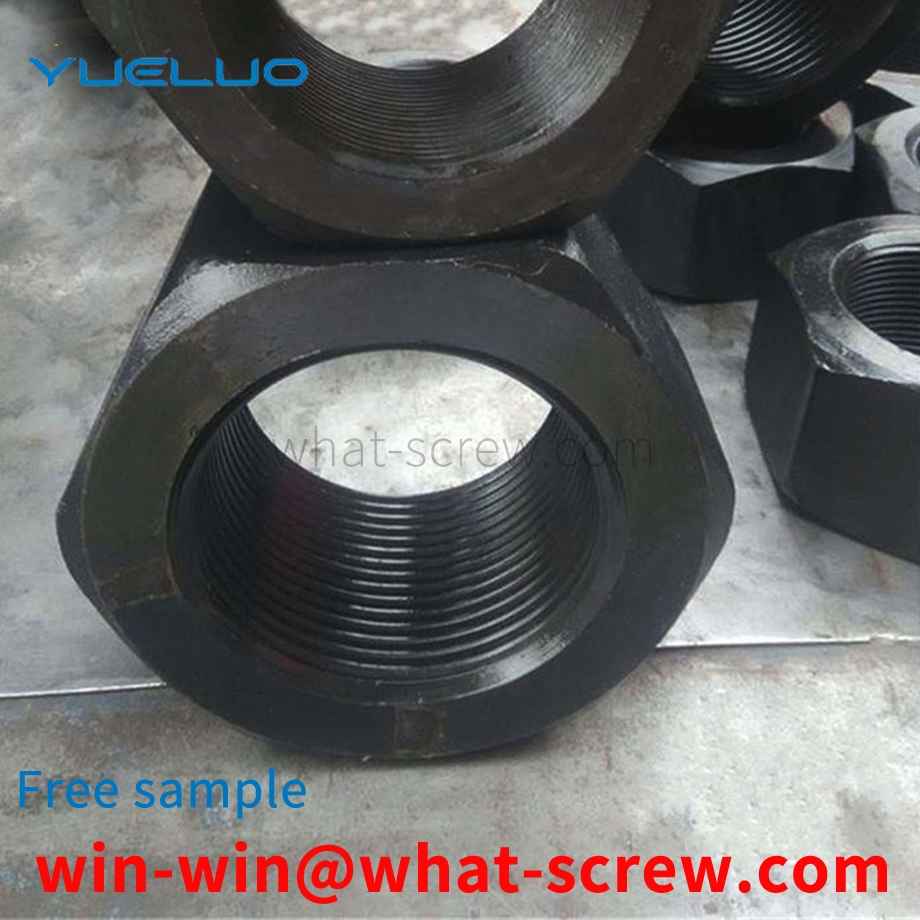
The above content is uploaded by Yueluo or the Internet. If there is any copyright issue, please contact [email protected].

What is the tolerance range of precision screws?

How to choose the right stainless steel screw manufacturer?

Why is there an R angle under the head of the hexagon head s...

We have more than ten years of production experience in the ...

We have more than ten years of production experience in the ...

We have more than ten years of experience in screw industry ...

We have more than ten years of experience in screw industry ...